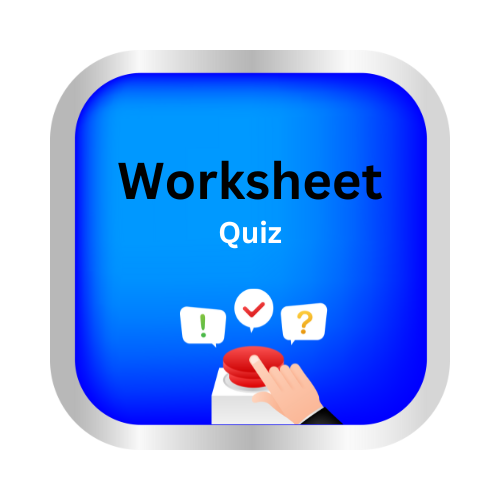Types Of Charges And Their Interaction
Key Notes :
1. Introduction to Charges:
- Charges are fundamental properties of matter.
- There are two types of charges: positive and negative.
2. Types of Charges:
- Positive Charge: Protons in an atom carry a positive charge.
- Negative Charge: Electrons in an atom carry a negative charge.
3. Law of Electric Charges:
- Like charges repel each other (e.g., positive-positive or negative-negative).
- Unlike charges attract each other (e.g., positive-negative).
4. Conservation of Charge:
- The total electric charge in a closed system remains constant. It cannot be created or destroyed, only transferred.
5. Charging Methods:
- Friction: Rubbing two objects together can transfer charges (e.g., rubbing a balloon against your hair).
- Conduction: Charges can be transferred when two objects come into direct contact.
- Induction: Charging of an object without direct contact, where charges are redistributed within the object.
6. Conductors and Insulators:
- Conductors: Materials that allow electric charges to flow easily (e.g., metals).
- Insulators: Materials that do not allow electric charges to flow easily (e.g., rubber, plastic).
7. Electric Fields:
- An electric field is the region around a charged object where it can exert a force on other charged objects.
8. Coulomb’s Law:
- Coulomb’s law describes the force of attraction or repulsion between two charged objects.
- The force is directly proportional to the product of their charges and inversely proportional to the square of the distance between them.
9. Electric Interactions:
- Objects with the same charge (positive-positive or negative-negative) will repel each other.
- Objects with opposite charges (positive-negative) will attract each other.
10. Applications: –
Understanding charges and their interactions is essential in the functioning of electrical circuits, electronics, and many everyday devices.
11. Lightning and Static Electricity: –
Lightning is a natural discharge of static electricity in the atmosphere due to the accumulation of charges in clouds.
12. Summary: –
Charges can be positive or negative. – Like charges repel, and opposite charges attract. – Charges are conserved, and their total remains constant. – Conductors allow charges to flow, while insulators do not. – Electric fields and Coulomb’s law describe electric interactions.
Let’s practice!

